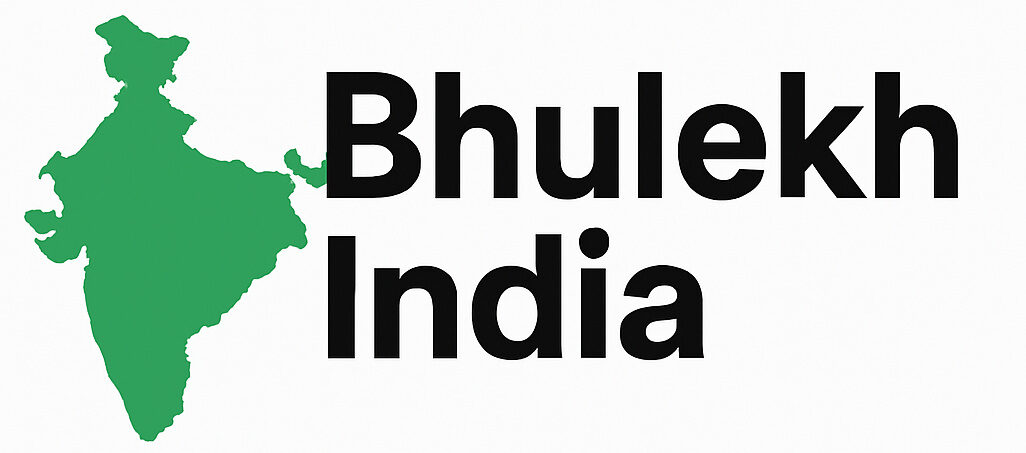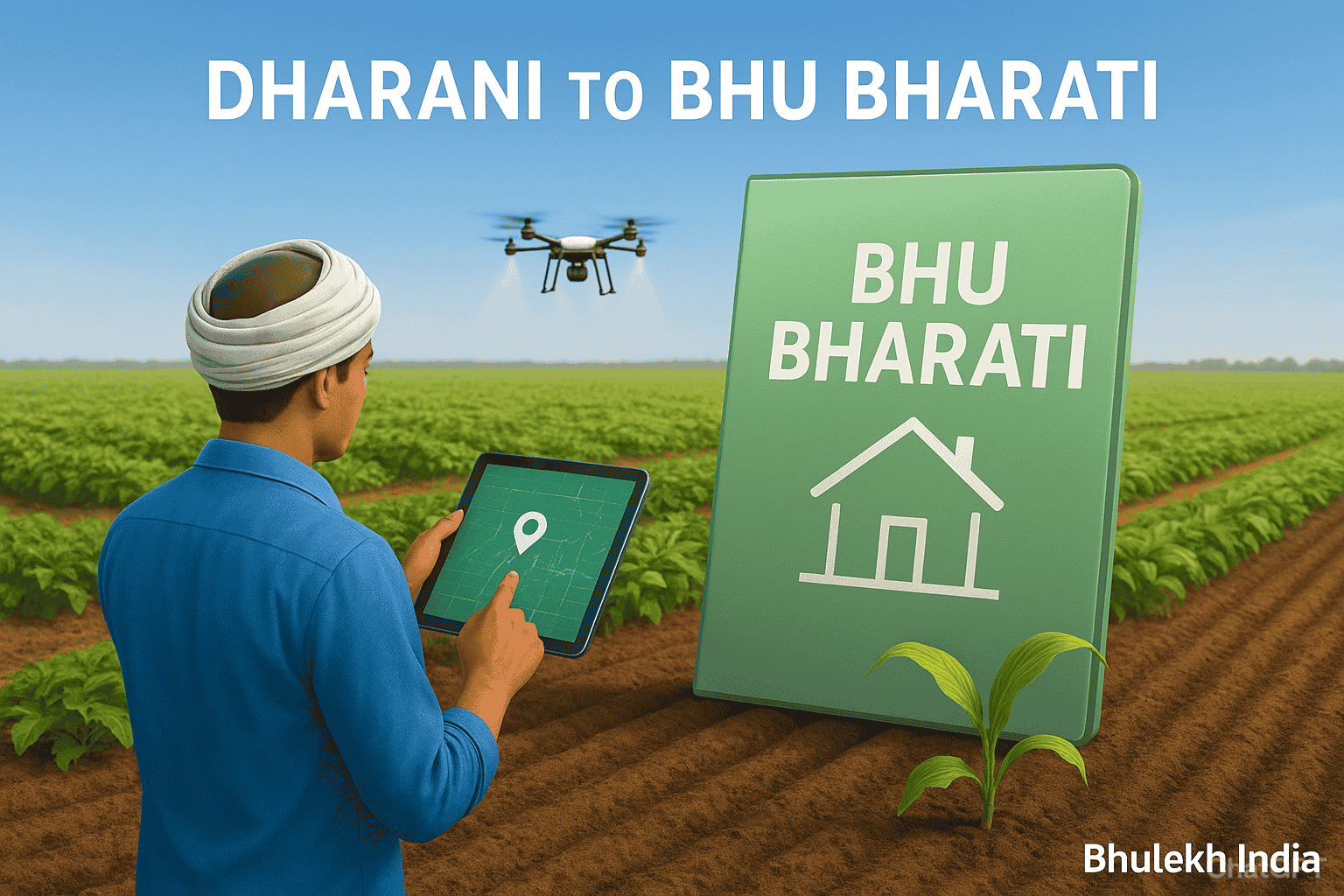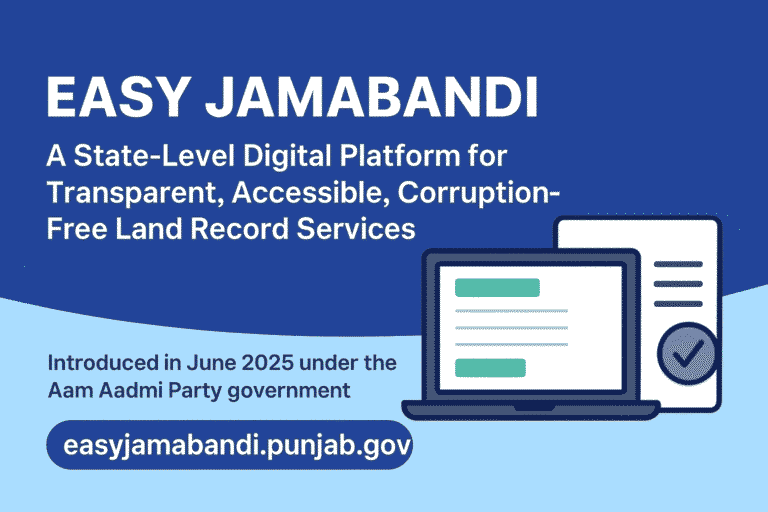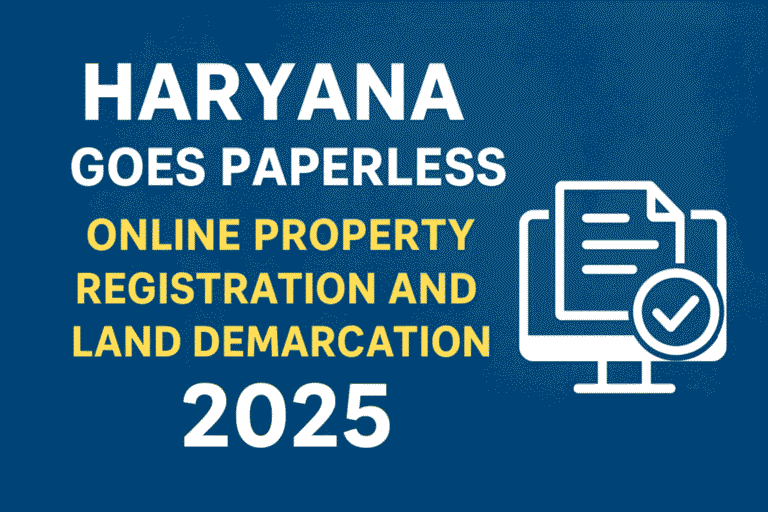Dharani to Bhu Bharati: A Strategic Shift in Telangana’s Land Records System
Dharani to Bhu Bharati – The management of land records has always been one of the most complex governance challenges in India. Telangana, in particular, has been at the center of reforms with the introduction of the Dharani portal in 2020 and, more recently, the Bhu Bharati Bill, 2024. This marks a strategic shift—not just in digital land governance but also in restoring transparency, simplifying processes, and empowering farmers.
From Dharani to Bhu Bharati – Why the Shift?
The Dharani portal, launched by the previous BRS government in 2020, was designed as an integrated platform for land registration, mutations, and revenue records. While the intention was progressive, Dharani’s 33 application modules made the system complicated, especially for farmers and low-literate citizens. Many were forced to pay fees every time they raised queries, which created dissatisfaction and accessibility issues.
Recognizing these challenges, the new Congress-led government introduced the Bhu Bharati Bill, which simplifies the process by reducing modules from 33 to just 6. This not only reduces cognitive load but also ensures faster processing, transparency, and user-friendliness.
Key Features of Bhu Bharati
- Simplified Application Process
- Reduced from 33 modules (Dharani) to 6 modules.
- Farmers can navigate easily with fewer steps and less confusion.
- Real-Time SMS Notifications
- Landowners receive instant updates about their applications.
- Brings transparency and keeps citizens informed.
- Enhanced Transparency
- The “hidden option” from Dharani (which allowed sensitive land records to be concealed) has been eliminated.
- Land records are now accessible to authorized individuals, ensuring accountability.
- Revamped Pahani Records
- The Pahani, with historical importance since the 1950s, has been restored.
- Expanded from minimal details to 11 crucial columns, covering ownership, survey numbers, and land type (private/government).
- Legal and Dispute Resolution Mechanisms
- Introduction of land tribunals for disputes.
- Free legal aid for underprivileged farmers.
- A two-tier appeals mechanism involving RDOs and District Collectors.
- Recognition of Ownership Rights
- Residents of Abadi and Gram Kantam areas get complete ownership rights.
- Pre-2014 informal land transactions (Sadabainama) are being regularized.
- Permanent Land Survey & Digital Mapping
- Drone-based technology will digitize records.
- Each land parcel will get a Bhudaar ID (similar to Aadhaar), ensuring clear ownership and preventing fraud.
Dharani vs Bhu Bharati – At a Glance
| Feature | Dharani Portal | Bhu Bharati Portal |
| Launched By | BRS Govt (2020) | Congress Govt (2024) |
| Modules | 33 | 6 |
| Transparency | Had “hidden” options | No hidden options, open access |
| Notifications | Limited | Real-time SMS updates |
| Pahani Records | Reduced details | 11 detailed columns |
| Ownership | Limited scope | Extended to Abadi & Gram Kantam |
| Dispute Resolution | Complex | Land tribunals + free legal aid |
| Survey | Incomplete | Drone-based permanent survey |
Benefits of the Bhu Bharati System
✅ For Farmers: Easier access to land records, legal protection, and free legal advice.
✅ For Landowners: Clearer ownership rights, faster mutation process, and reduced fraud risk.
✅ For Government Officials: Streamlined administration, better dispute resolution, and accurate data for policymaking.
✅ For Citizens: Transparency, reduced corruption, and faster services.
Telangana Bhu Bharati Record of Rights in Land Act 2024
The Bhu Bharati Act 2024 builds on the legacy of the Record of Rights (RoR) Act of 1971 and revives the central government’s 2004 pilot project in Nizamabad. With 19 new legal sections, the act introduces:
- Ownership rights for Abadi and Gram Kantam residents
- Regularization of Sadabainama transactions before June 2, 2014
- Permanent land surveys and Bhudaar ID system
- Digital land titles to eliminate ownership disputes
Impact on Farmers and Citizens
Minister Ponguleti Srinivasa Reddy emphasized the importance of resolving Part B land entries, covering over 18 lakh acres. Many landowners lacked pattadar passbooks and were excluded from schemes like Rythu Bandhu. With Bhu Bharati, these issues are being addressed, ensuring rightful access to subsidies and legal recognition.
Historical Context – Why Bhu Bharati Matters
The idea of Bhu Bharati is not entirely new. A similar initiative was piloted in Nizamabad under the UPA government in 2004. The current Telangana Congress government has revived and upgraded this vision through the Telangana Bhu Bharati Record of Rights in Land Act, 2024.
This Act builds on the Record of Rights (RoR) Act, 1971, combining historical policy wisdom with modern GIS and drone-based technology.
Conclusion
The shift from Dharani to Bhu Bharati is a landmark reform in Telangana’s land administration. By addressing the limitations of Dharani and focusing on transparency, simplicity, and digital integration, Bhu Bharati empowers farmers, landowners, and citizens alike.
With its mix of modern technology, historical policy learning, and farmer-centric provisions, the Bhu Bharati Bill, 2024, is poised to become a model for digital land governance in India.
FAQs
1. What is Bhu Bharati?
Bhu Bharati is Telangana’s new digital land records portal that replaces the Dharani system. It simplifies land registration, mutation, and ownership verification with fewer modules and greater transparency.
2. Why was Dharani replaced with Bhu Bharati?
Dharani was complex with 33 modules and lacked transparency, making it difficult for farmers and citizens to use. Bhu Bharati simplifies this with only 6 modules, reduces confusion, and enhances transparency.
3. What is the biggest advantage of Bhu Bharati?
Bhu Bharati offers a user-friendly system, real-time SMS notifications, revived detailed Pahani records, and a streamlined process, making land management more reliable and accessible.
4. Does Bhu Bharati grant new ownership rights?
Yes, it grants full ownership rights to residents of Abadi and Gram Kantam lands who were previously excluded under Dharani, ensuring more inclusive land rights.
5. How does Bhu Bharati help prevent land disputes?
The system uses dedicated land tribunals, provides free legal aid to farmers, employs drone-based mapping, and implements Bhudaar IDs—unique identifiers for land parcels—to ensure accurate boundaries and reduce conflicts.
6. Is Bhu Bharati currently active and operational?
Yes, the Telangana Governor approved the Bhu Bharati Bill in December 2024, and the government is actively working to implement the system statewide.
7. What key features distinguish the Bhu Bharati portal?
Key features include simplified applications, instant SMS updates, complete transparency by removing hidden records, comprehensive Pahani with 11 columns, legal ownership guarantees, and free legal support.
8. How can farmers access their land records using Bhu Bharati?
Farmers can visit the official Bhu Bharati portal, select their district, tehsil, and village, input their plot or survey number, and view up-to-date land maps and ownership information.
9. What is the Bhudaar system?
Bhudaar assigns a unique digital ID to each land parcel, much like an Aadhaar for individuals, ensuring precise identification and protection of land rights.
10. How does the appeals process work under Bhu Bharati?
If land disputes aren’t resolved at the Tahsildar level, farmers can appeal to the Revenue Divisional Officer (RDO), then the District Collector, with resolution timelines set between 30 to 60 days.
11. Are informal land transactions (Sadabainama) recognized under Bhu Bharati?
Yes, land transactions executed before June 2, 2014, through informal agreements are now regularized and legally recognized under the new act.




